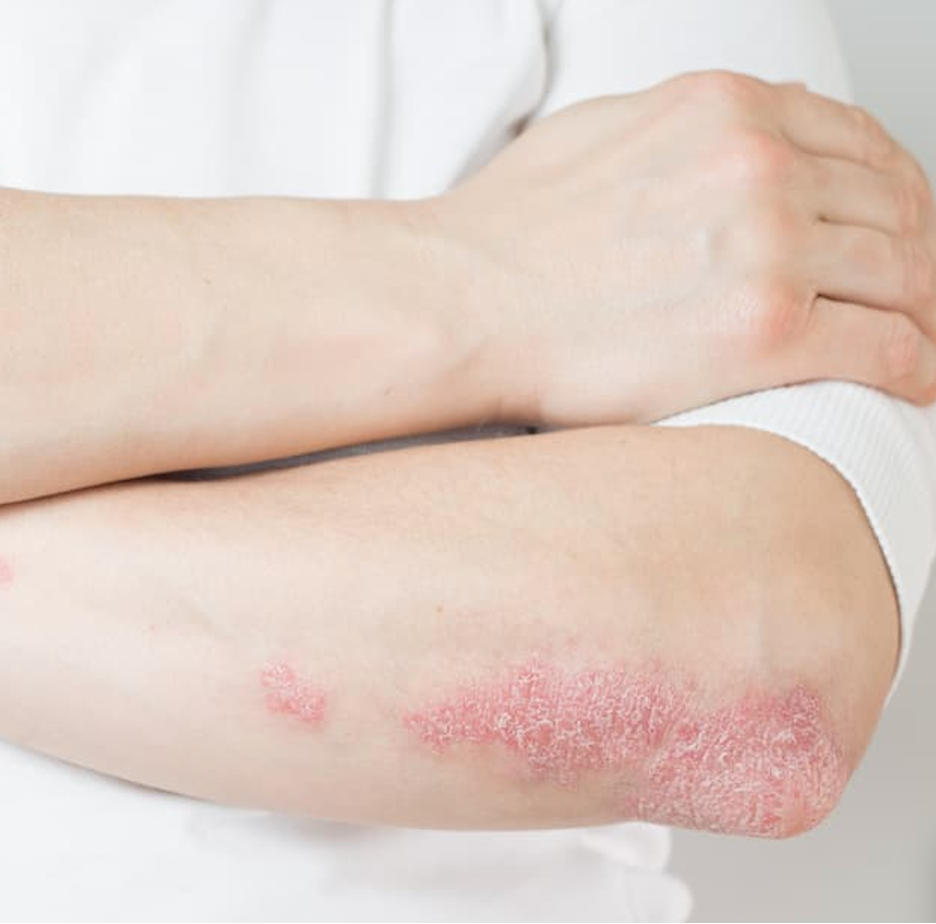Article
COVID-19 Booster Linked to Lower Infection Rates in Patients with SLE
Author(s):
Additional doses improved seroconversion and most vaccinated patients with lupus experienced a generally mild course of the disease.
An additional COVID-19 vaccination was associated with a decrease in breakthrough infections in patients with systemic lupus erythematosus (SLE), including the omicron BA. 1 variant. While antibody titers were not associated with breakthrough infections, booster doses improved seroconversion and most vaccinated patients experienced a generally mild course of the disease, according to a study published in The Lancet.1
“SLE is characterized by immunologic perturbations and frequent requirement of immunosuppressants, which have been associated with increased risks of COVID-19 infections and morbidity, as well as decreased clinical effectiveness and seroreactivity of vaccinations,” investigators stated.
Investigators used the New York University (NYU) Lupus Cohort to analyze breakthrough COVID-19 infection in 163 patients with SLE after initial 2-dose vaccination and/or additional doses for those who received follow-up appointments on or after February 4, 2022 and had 6 or more months since their initial vaccination. Eligible patients had a lupus diagnosis, were aged 18 years or older, received at least 2 doses of an mRNA COVID-19 vaccine, and were willing to provide blood samples after vaccination. Information on demographics, such as age, sex, and ethnicity, disease history, and the use of SLE-specific medications was collected. COVID-19 outcomes included hospitalization, death, treatments, the type of testing, and the time of infection in relation to vaccination. A total of 57 patients participated in a longitudinal serologic evaluation of the COVID-19 spike receptor binding domain antibody, performed by ELISA.
Approximately half (49%) of patients had a history of lupus nephritis (LN), most (85%) were on hydroxychloroquine and a third (32%) were receiving glucocorticoids. Of those with a breakthrough COVID-19 infection after vaccination (n = 44), 63.6% of patients received a booster dose, compared with 81.5% (n = 97) of the 119 patients who did not experience breakthrough infection (p=0.022). In the 2 cases that occurred before the omicron variant, both did not receive an additional dose. No deaths were reported and only 2 patients were hospitalized.
Antibody levels increased after the additional vaccine (397 u/mL after initial series and 1036 after additional dose). ELISA antibody levels after the booster dose were not associated with breakthrough infection.
The lack of healthy control cases limited the ability to compare both clinical COVID-19 infection and serologic changes after vaccinations. Further, COVID-19 was self-reported in many cases and, while unlikely, it is possible that patients did not disclose a new infection during follow-ups. As the study was representative of a convenience sample, results may be biased regarding clinical follow-up and COVID-19 treatment. The associations of infection, hospitalization, and antibody titer related to medications were not analyzed. Finally, a threshold level of the ELISA SARS-CoV-2 spike protein to confer protection against COVID-19 was not defined. Therefore, investigators were unable to capture any exposure risks which may confound results.
“This study represents the first report of the clinical efficacy of COVID-19 vaccine initial and additional doses, inclusive of the period when the omicron BA.1 variant was predominant in NYC, as well as the first known longitudinal documentation of SARS-CoV-2 vaccine antibody responses in an SLE cohort,” investigators concluded. “Protection from infection in patients receiving an additional vaccine dose and the mild disease in all vaccinated patients is reassuring, given the risks inherent in this patient population.”
Reference:
Saxena, A., 2022. Breakthrough SARS-CoV-2 infections, morbidity, and seroreactivity following initial COVID-19 vaccination series and additional dose in patients with SLE in New York City. [online] The Lancet. Available at: <https://www.thelancet.com/journals/lanrhe/article/PIIS2665-9913(22)00190-4/fulltext> [Accessed 13 July 2022].




